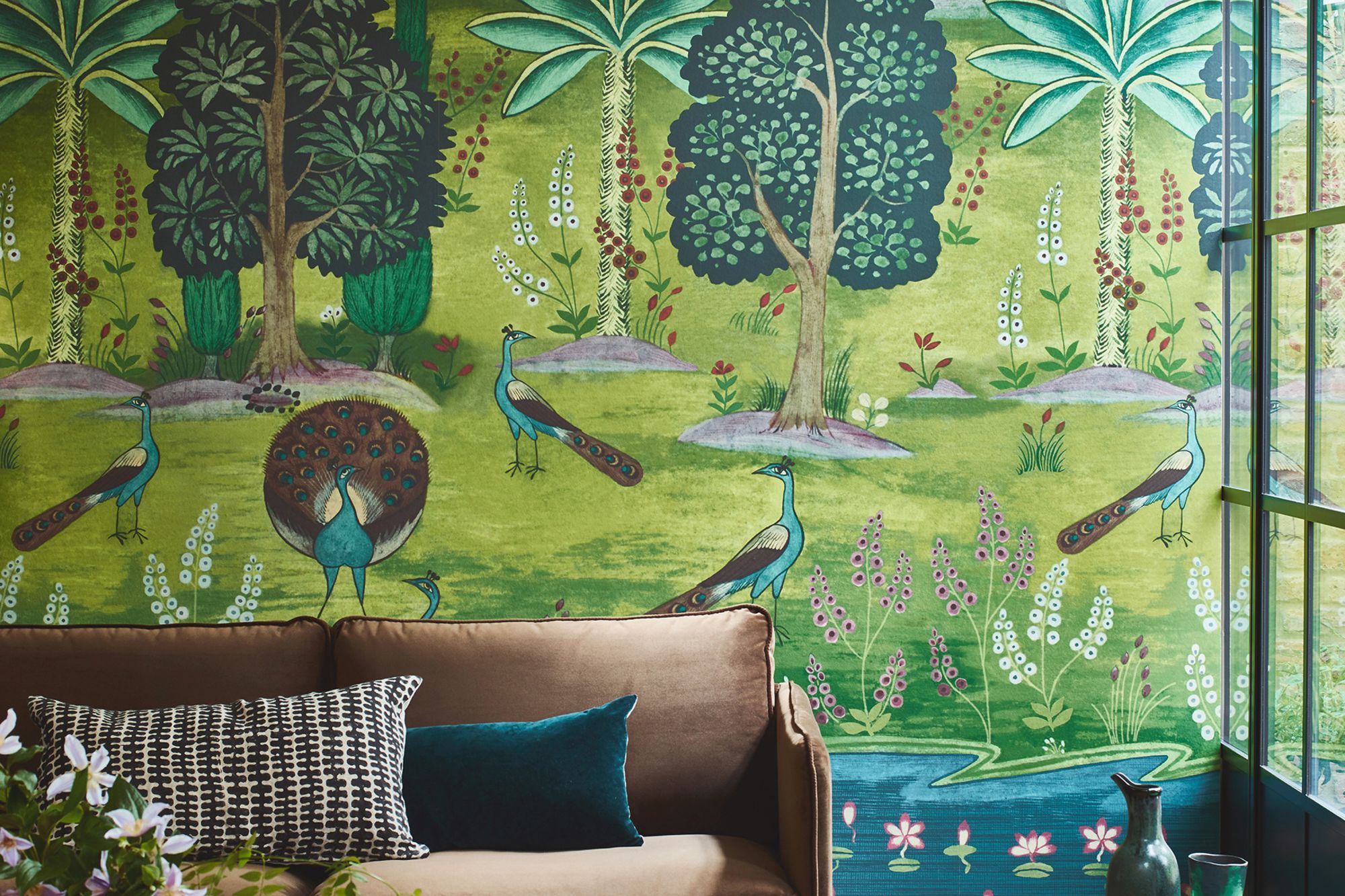The human predilection for living alongside patterns can be traced back to our ancestors who marked the walls of their caves with dots, lines, zigzags and cross-hatching.
Tens of thousands of years on, it is arguably wallpaper — that most ephemeral of design items — that provides one of our most powerful portals to the recent past.
Wallpaper manufacturers routinely plunder archives for designs with enduring appeal, and this month luxury British brand 1838 Wallcoverings launched a second collaboration with London’s Victoria and Albert Museum (V&A) — a collection of nine designs dating as far back as the 1700s.
“The ambition to improve and embellish our environment with pattern and ornament is undoubtedly one of the earliest forms of human endeavor,” Amelia Calver, the museum’s brand licensing research and development manager, told CNN via video call. “Patterns not only decorate, they can convey different meanings across different communities. They tell us about the changing fortunes and cultural movements that have been woven into the fabric of our living spaces.”
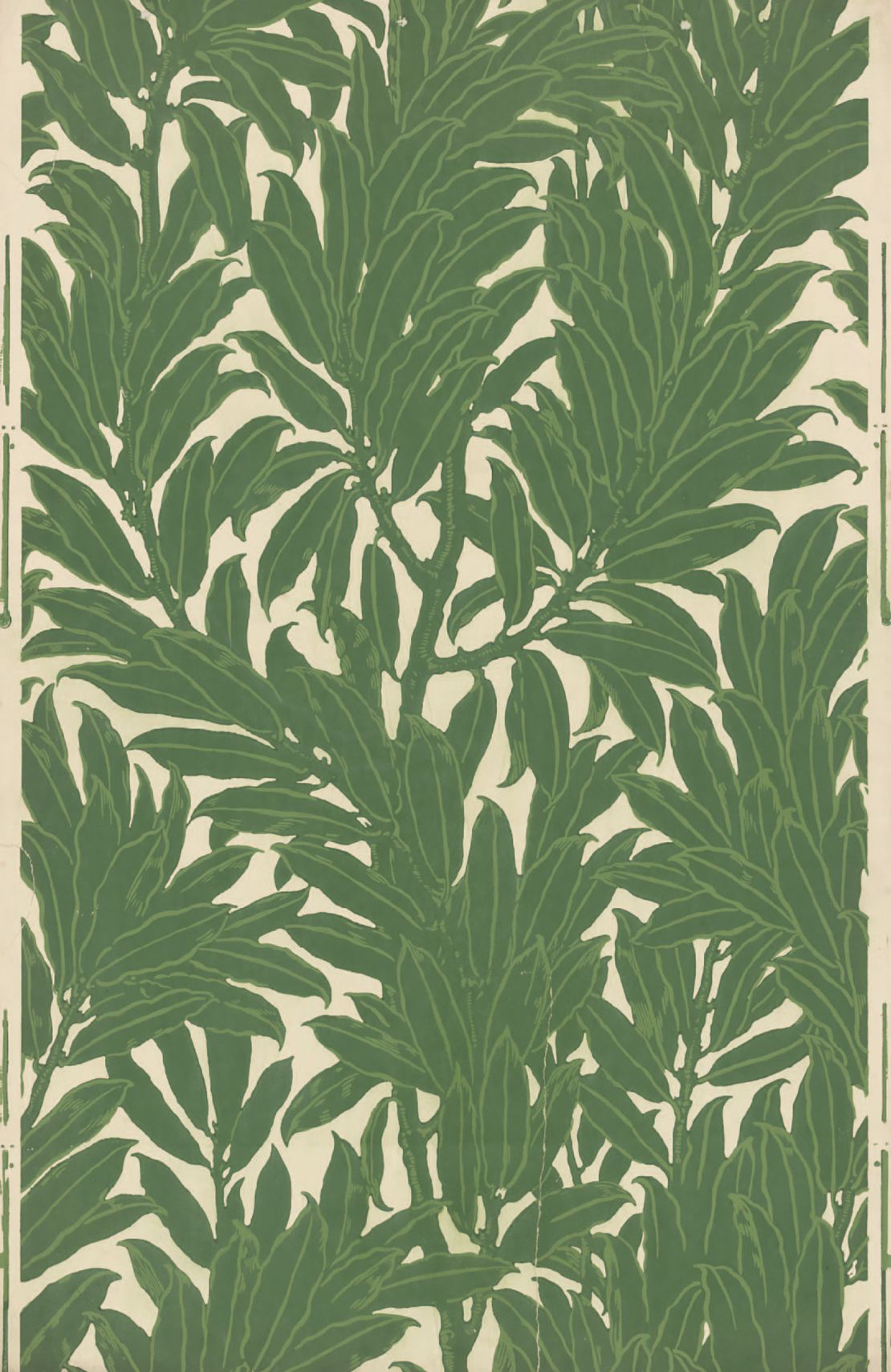
1838 Wallcoverings takes its name from the year in which the first surface printing wallpaper machine was invented in Lancashire, northern England. Indeed, many of the company’s designs continue to be printed on rare 19th-century machines.
“Surface printing is a very beautiful technique,” the company’s managing director, James Watson, told CNN via video call. “It applies a generous amount of ink to the paper which creates a painterly effect — as if someone has taken a brush and painted the design by hand. You can feel the amount of ink that has been applied.”
Designs on history
This technique pays homage to the craftsmanship of an industry that stretches back millennia. Some of the earliest known examples of wallpaper are thought to date back more than 2,000 years to China’s Qin dynasty, when images of birds, flowers and landscapes were painted onto individual sheets of rice paper. By the 12th century, this transient craft was thought to have traveled to the West via the Silk Road. In Europe, the earliest surviving scraps of wallpaper date from 1509. These fragments were found in 1911 at the University of Cambridge, England, during renovation works. They show a stylized pattern of pomegranates printed from a single large woodblock — a key innovation in the craft.
By the late 1500s, France had established its first guild of “dominotiers,” or makers of wallpaper. These industrious, family-run ateliers produced hand-printed geometric or floral-patterned papers using woodblocks, stencils, natural pigments and gum. Though skilled, their craft was far from rarefied: The designs were printed and distributed in bulk and sold cheaply as “tapestry papers” for popular consumption. In 1675, French dominotier Jean-Michel Papillon made the first repeating patterns for wallpaper intended for use in one continuous line: Papillon had invented wallpaper as it is known today.
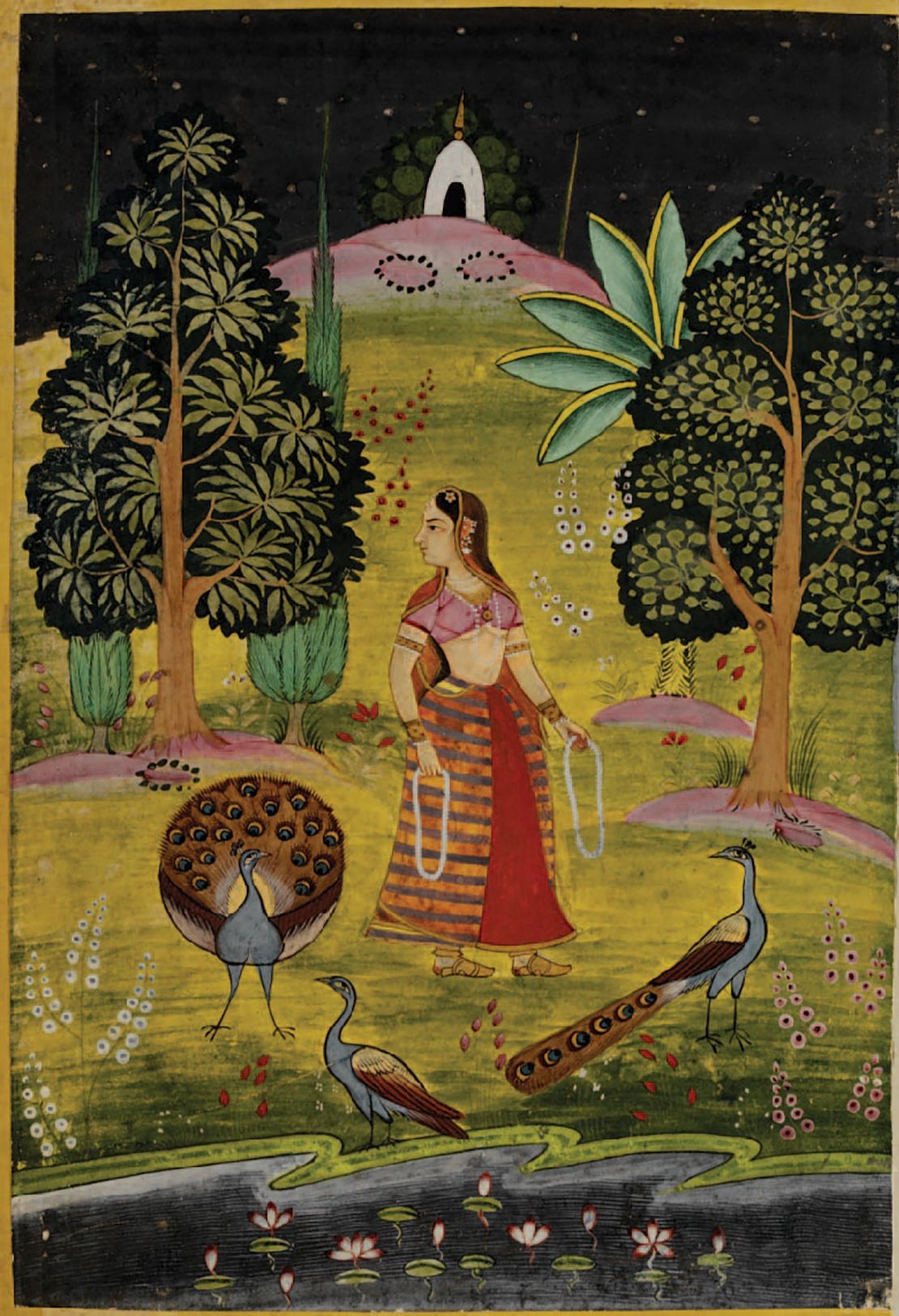
At the end of the 18th century, mechanization caused a sea change in the industry. This upheaval — and the dark social history it elicited — is recounted by the author and art historian Lucinda Hawksley in her 2016 book, “Bitten by Witch Fever.” The book is interleaved with 275 facsimiles of Victorian wallpaper samples, from The National Archives in London, that were scientifically proven to contain arsenic, an innocuous looking white powder known at the time to be poisonous.
“It was really incredible seeing all these designs,” Hawksley told CNN over the phone, explaining first how she wore white gloves to handle the poison-laced papers. “What struck me as fascinating was the fact that I would never have known these were Victorian or Georgian designs, they are so incredibly psychedelic. And this was after nearly 200 years of color deterioration, so you can imagine how vibrant they must have been.”
Deadly decor
This incomparable vibrancy was all down to arsenic, Hawksley explained: “For paint and dye manufacturers, arsenic was a cheap commodity that increased the brilliance and durability of pigments, especially when applied to wallpapers. The public loved the bright colors of the new wallpapers and even when they learnt the dyes contained arsenic, they did not consider the wallpapers dangerous — as long as you did not lick them.”
What the public didn’t realize was that, in damp conditions, the arsenic released a lethal gas.
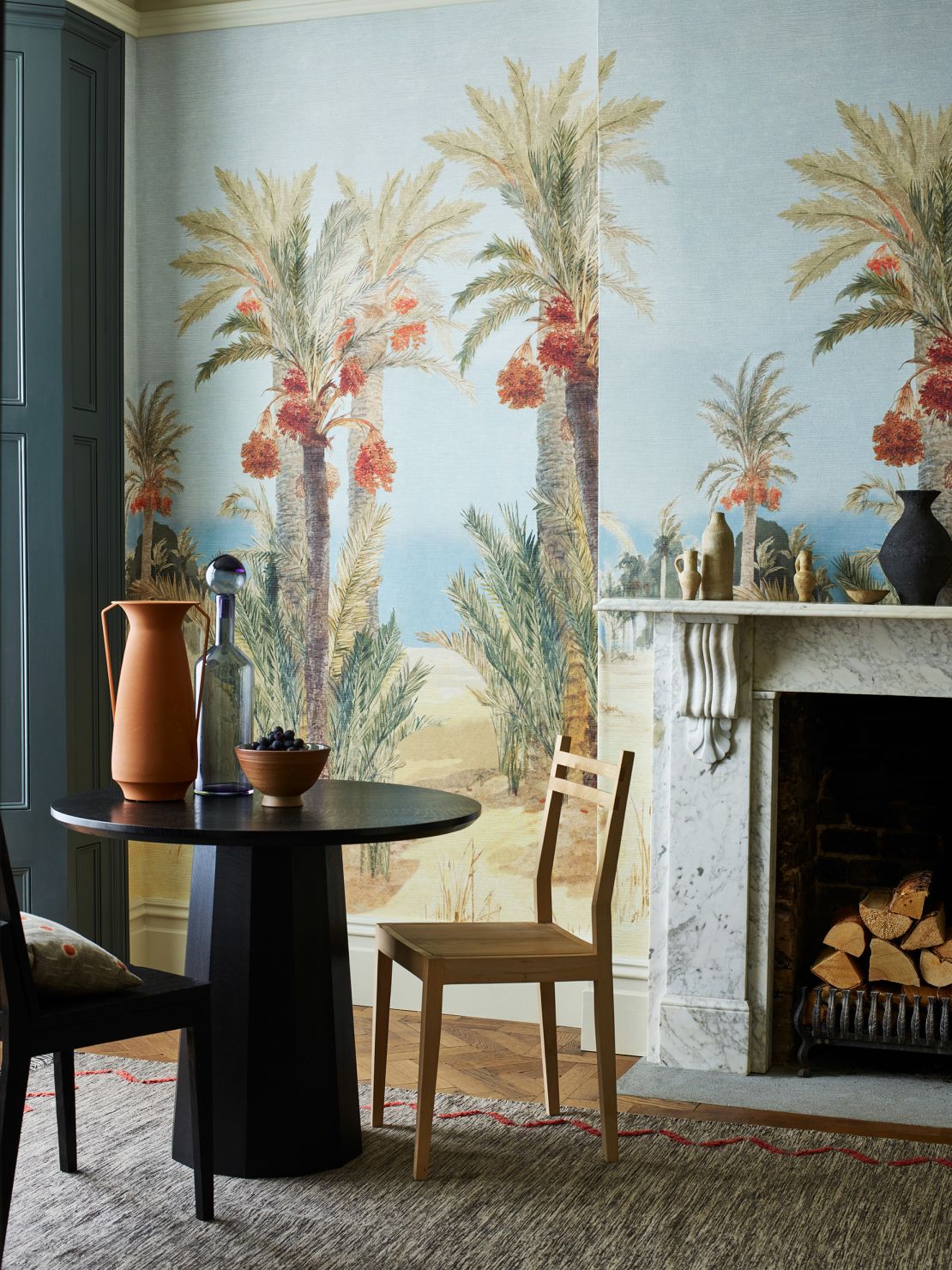
By the middle of the 19th century, mechanization (combined with the rapid reduction of taxes on paper) made wallpaper obtainable for all but the poorest homes. Damp and poorly ventilated, low-income households were the ones that suffered most from the deadly effects of arsenical pigments, which were banned elsewhere in Europe but legal in Britain despite doctors’ public protestations. In 1857, doctor William Hinds wrote in a medical journal that “a great deal of slow poisoning is going on in Britain.”
Charlotte Perkins Gillman’s contemporaneous 1892 novella “The Yellow Wallpaper” was likely inspired by these reports. In it, a woman suffering “a temporary nervous depression” is confined to rest in a bedroom papered in a “sprawling, flamboyant pattern.” The color is described as “repellent, almost revolting, a smoldering unclean yellow … This paper looks to me as if it knew what a vicious influence it had.” Readers could almost smell the arsenical gas emanating from the pages of Gillman’s gothic tale.
Despite mounting evidence and increasing public awareness, wallpaper manufacturers were slow to ban arsenic. Ultimately, public demand rather than the British government made the use of arsenic in wallpapers obsolete by the end of the 19th century.
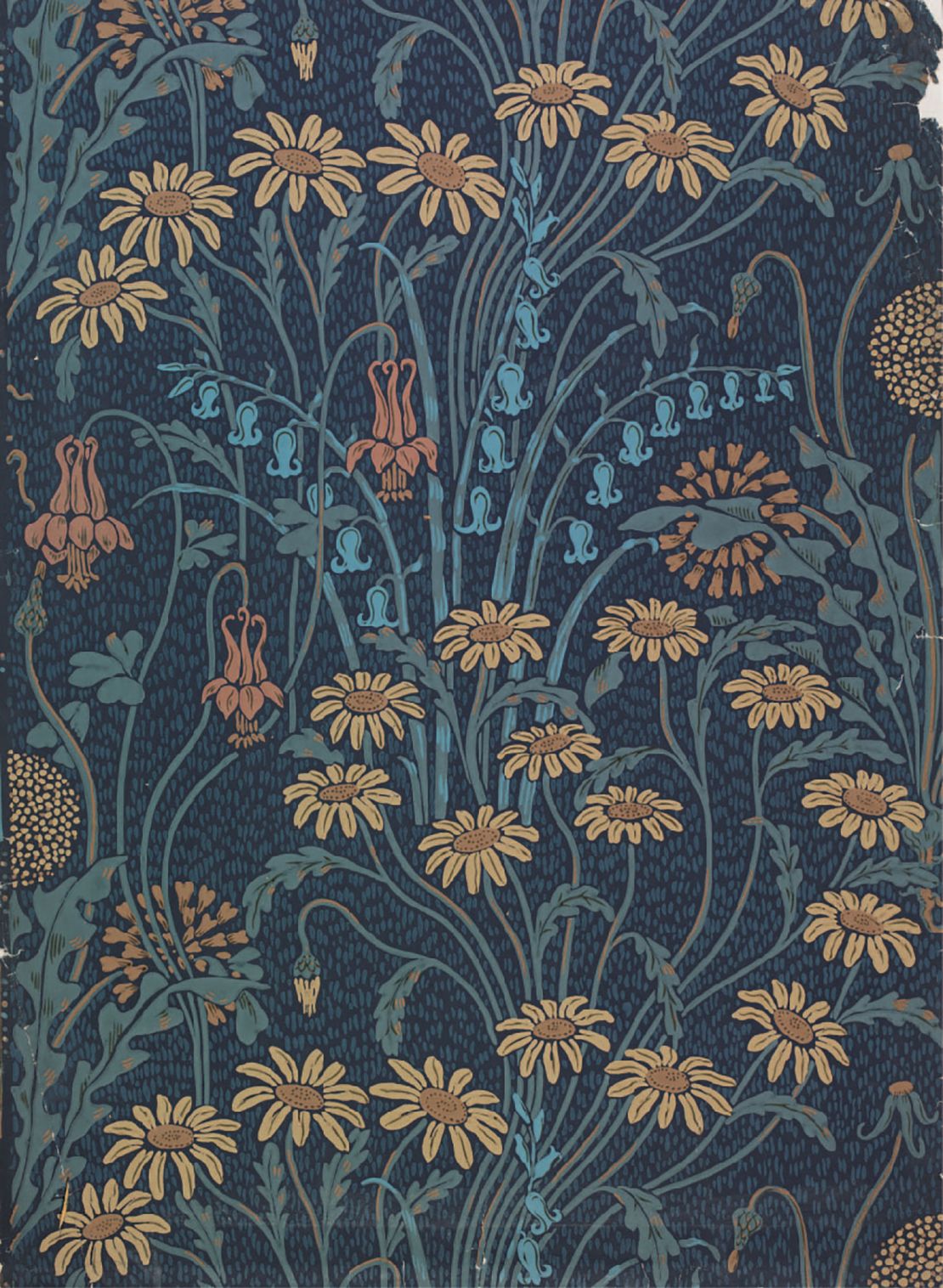
Historic designs however, continue to captivate today’s designers and decorators.
“They have timeless appeal,” explained Calver, who oversees licensing for the V&A’s collection of over 3 million designs for textiles, decorations, wallpapers and prints. “Many (designs) contain motifs and details that continue to resonate with customers today.” (Watson, from 1838 Wallcoverings, meanwhile predicted that “Calico Shell,” inspired by a printed chintz textile from the 1760s and ’70s, and “Laurel Leaf,” adapted from a woodblock print on paper manufactured in 1911, will be the most popular designs from the new V&A collaboration.)
“By delving into the history of the craft,” Calver added, “designers have a unique opportunity to fuse their own creativity with these designs, creating something that is as relevant now as it was centuries ago.”
